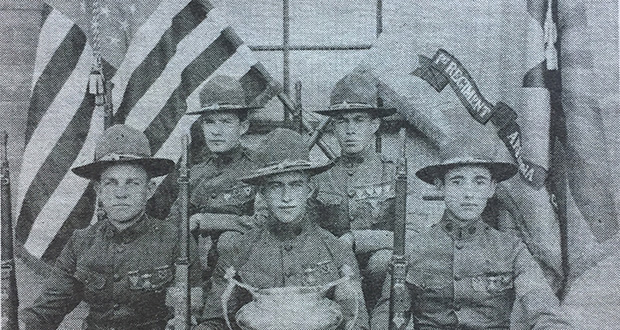Transitioning Tucson
W. Lane Rogers//November 4, 2013//[read_meter]
Tucson in the early 1880s was changing from an old-world Spanish-Mexican village to a typical American town. Looking northeast toward the barely visible Santa Catalina Mountains...
No tags for this post.

















